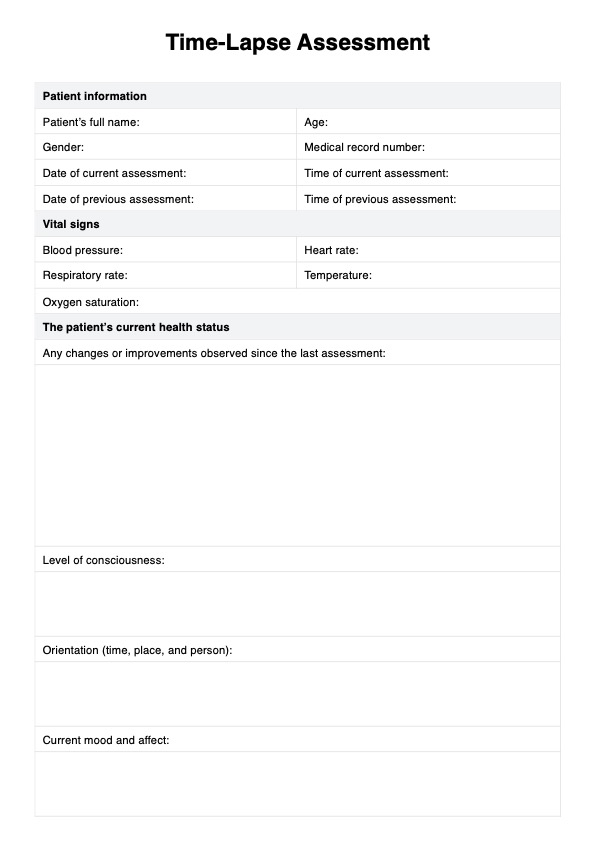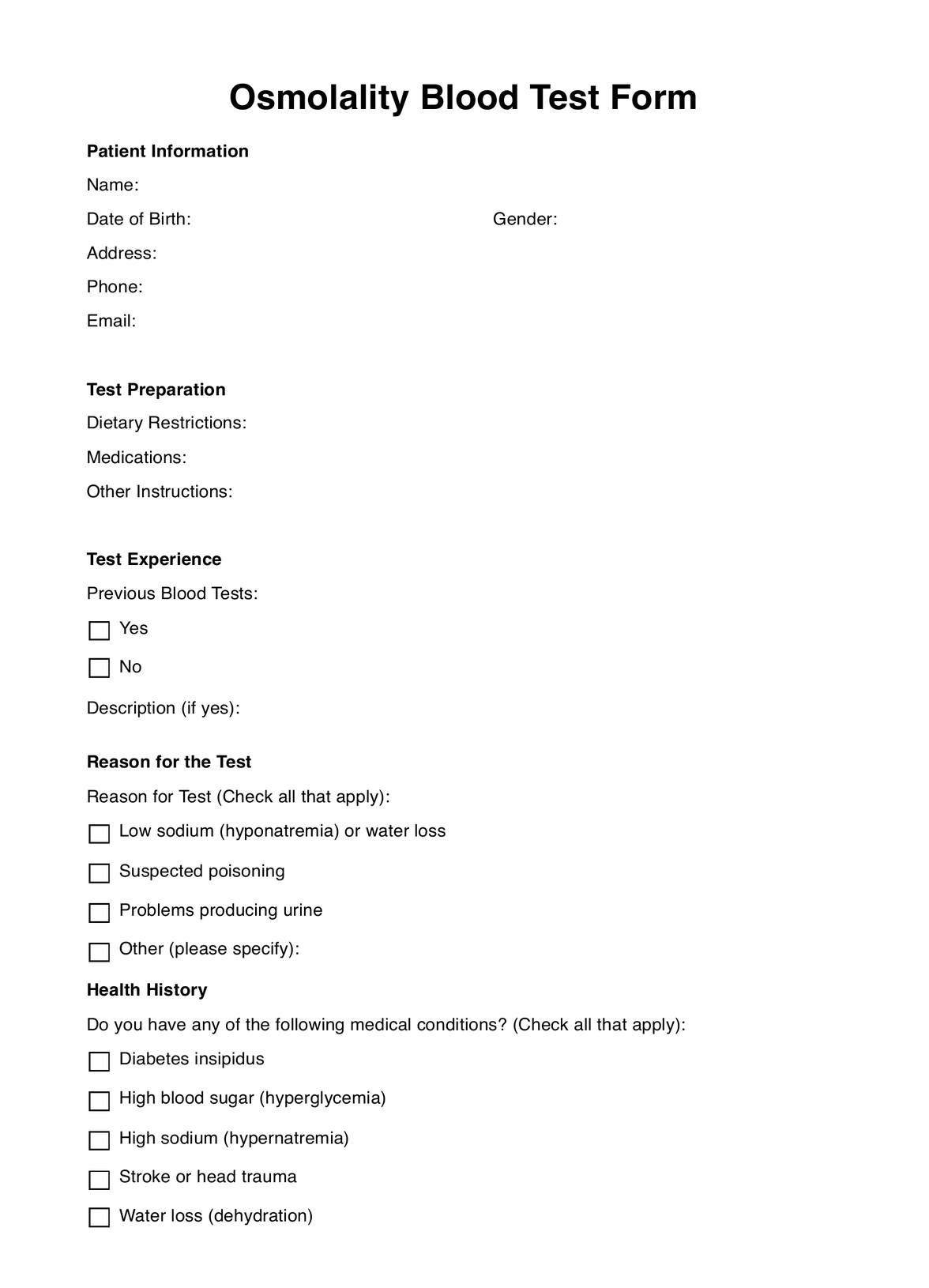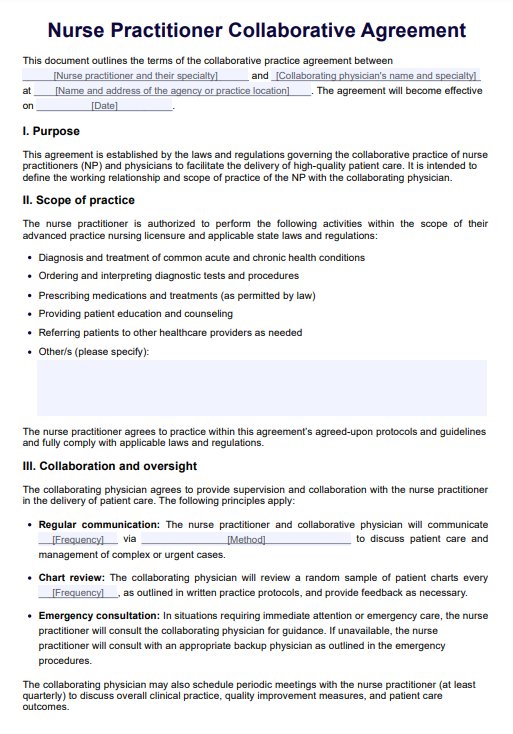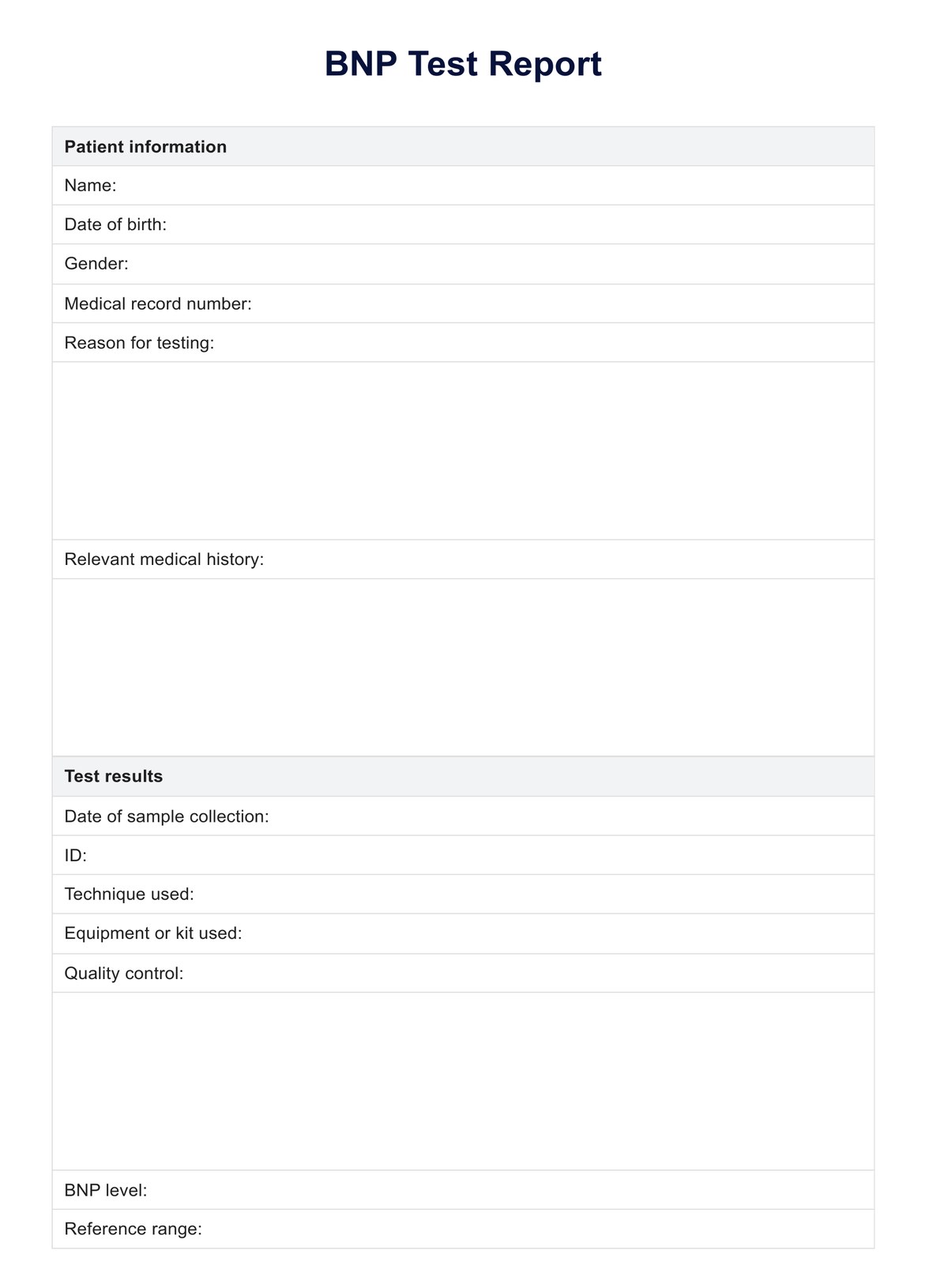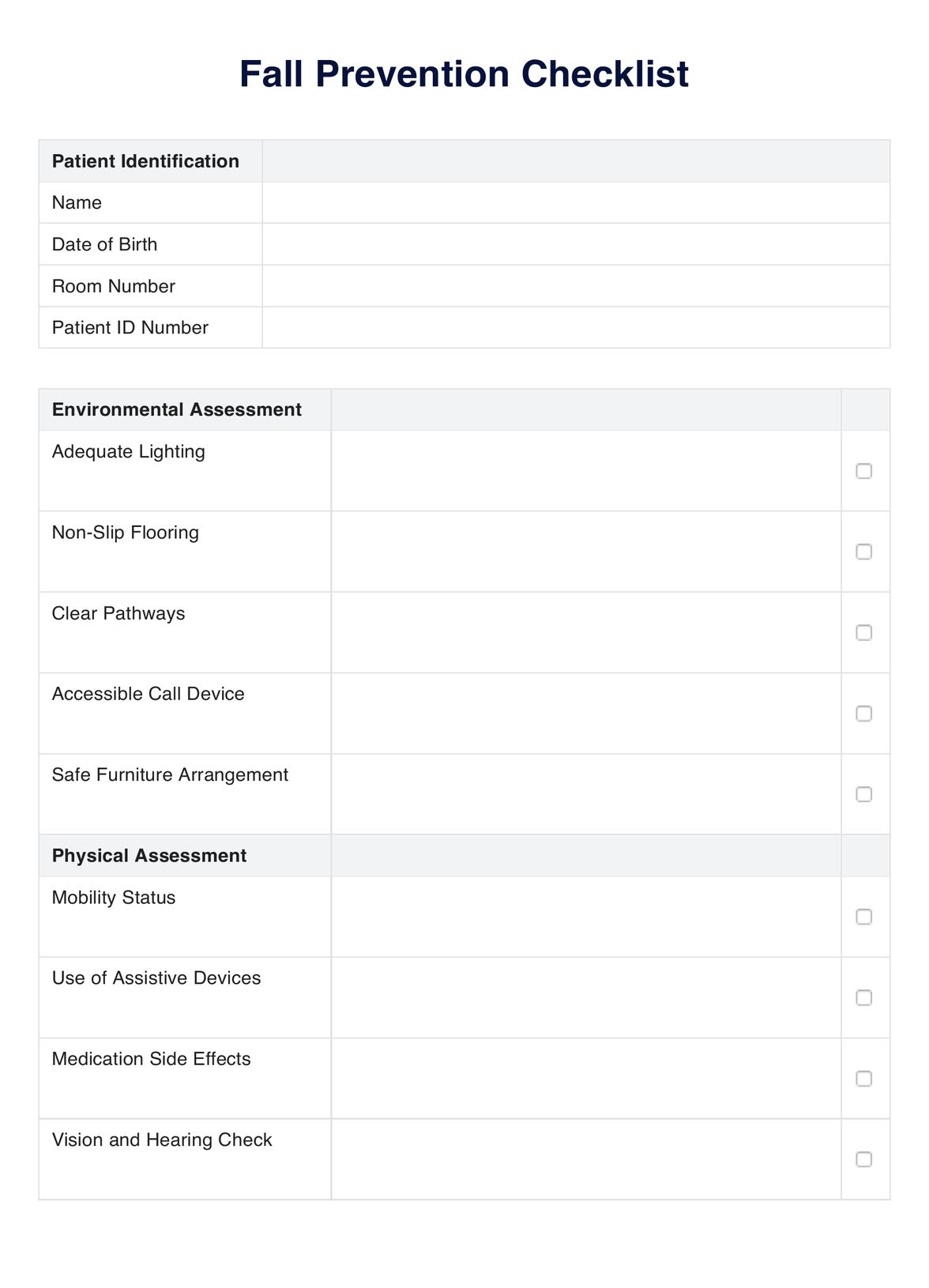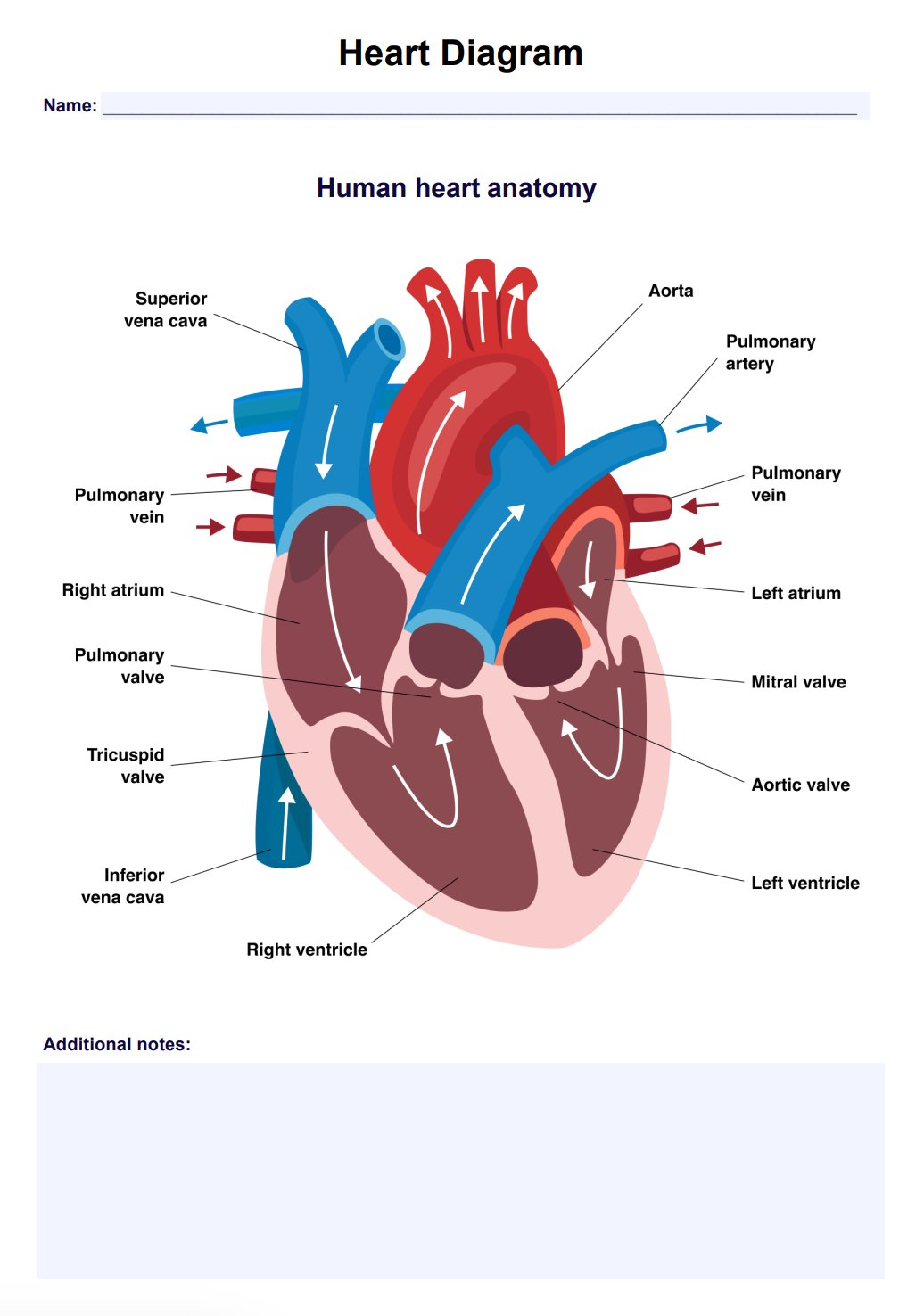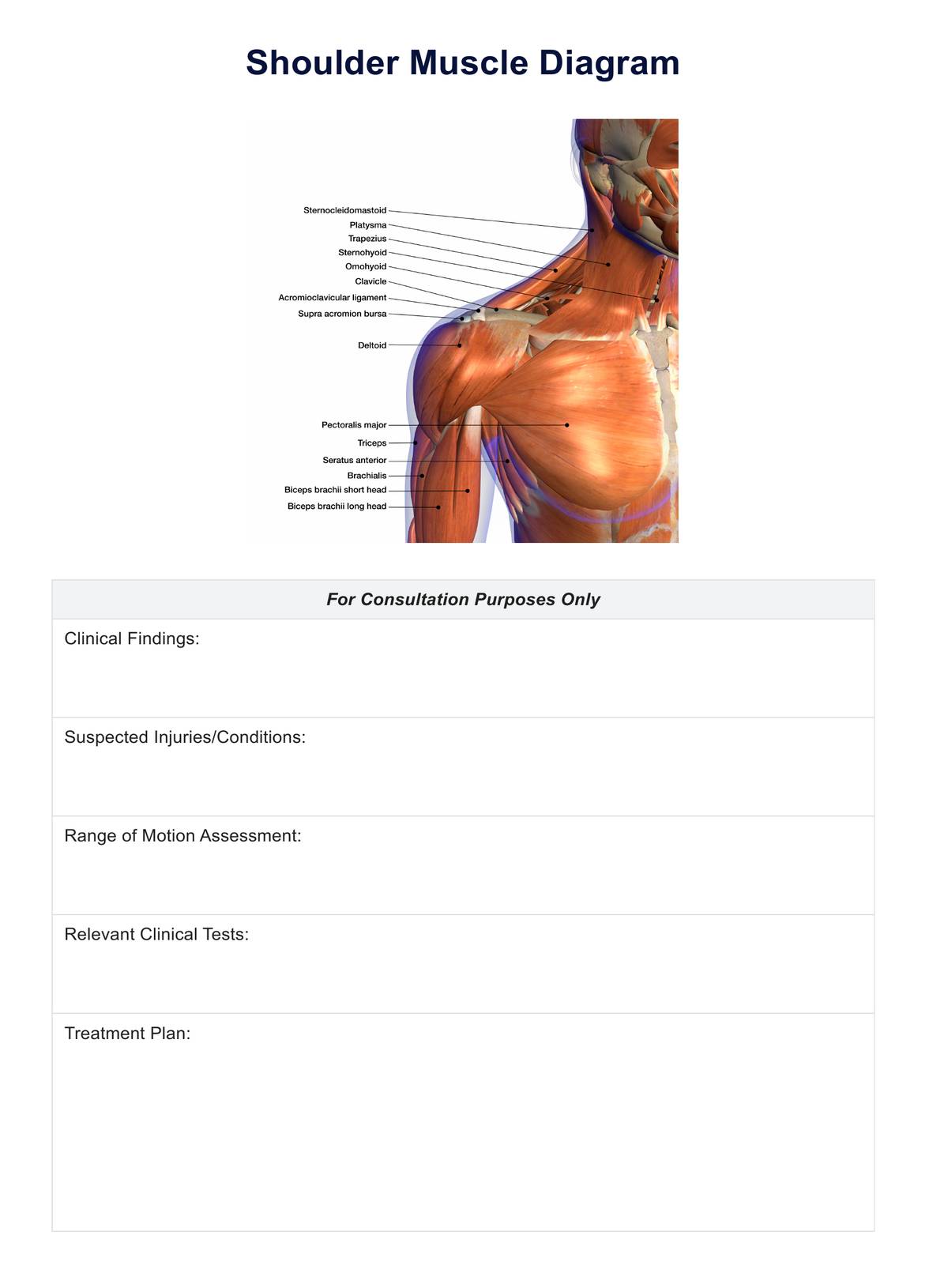10 Meter Walk Test
Discover the 10 meter walk test — a quick and easy assessment tool to measure walking speed and endurance. Learn how it is used for fitness and rehabilitation.


What is a 10 Meter Walk Test?
It may sound simple, but it is robust in assessing everyday physical performance that measures an individual's mobility and walking speed. This physical performance test involves measuring how quickly a person can walk a distance of 10 meters, which is roughly the length of two parked cars. It is a reliable and valid method widely used in clinical settings, particularly in older adults or those with medical conditions that can affect their walking ability. This includes brain injuries, multiple sclerosis, neuromuscular conditions, Parkinson's, stroke, and spinal cord injuries.
The 10-meter walk test is a valuable tool, given its ability to detect subtle changes in walking speed and endurance over time. This is especially important in tracking the effectiveness of interventions designed to improve mobility, reduce fall risk, and enhance the overall quality of life. By providing a standardized measurement of walking performance, the test enables healthcare professionals to assess an individual's progress and make informed decisions about treatment or further evaluation.
The 10-meter walk test is a quick, simple, and non-invasive test that can provide valuable insights into an individual's walking ability. Whether you're an older adult seeking to maintain your independence or a healthcare professional looking to assess your patient's mobility, this test offers an objective and reliable measurement that can inform treatment decisions and improve outcomes. So, if you want to evaluate your own assessing walking ability and performance, consider taking the 10-meter walk test today!
Check out this demonstration of how you should implement the 10-Meter Walk Test:
10 Meter Walk Test Template
10 Meter Walk Test Example
How to use this 10 Meter Walk Test
The 10-meter walk test is a widely used clinical tool to evaluate a person's walking ability, precisely their gait speed. It is commonly used in rehabilitation programs and research studies to assess the effectiveness of interventions for improving mobility.
This section will walk you through the steps for administering the 10-meter walk test and interpreting the results. You'll learn how to measure the time it takes for a person to walk 10 meters, calculate their maximum gait by assessing walking speed from here, and identify any potential mobility issues.
Step 1: Gather patient information
Begin by gathering the patient's personal and medical information, such as their name, age, gender, medical conditions, and goals.
Step 2: Preparation
Prepare the equipment needed for the test, which includes a stopwatch and a 10-meter walking course marked with cones. Make sure that the walking path is clear of any obstacles and hazards. Inform the client about the test and explain the instructions clearly.
Step 3: Practice walking
Allow the client to practice walking the 10-meter course at their own pace to familiarize themselves. This will help reduce anxiety and improve the accuracy of the test. Take note of any assistance or assistive devices the client uses during the practice walk.
Step 4: Conduct the test
Ask the client to walk as quickly as possible along the 10-meter course, starting from a standing position. Start the stopwatch when the client begins to walk and stop it when they cross the finish line. Record the time taken for the client to complete the course. Repeat the test, allowing the client to rest between trials. Record the best of the two trials to the nearest 0.1 seconds.
Step 5: Interpret the results
Compare the client's score to the normative values for their age and gender using the chart provided. Assess the client's walking speed and endurance using the score. A healthcare professional should interpret the results and recommend treatment or further evaluation.
Interpreting 10 Meter Walk Test results
Interpreting the results of the 10-meter walk Test is a critical step in understanding a patient's mobility and overall physical function. This guide section focuses on how healthcare professionals can analyze the test outcomes to make informed clinical decisions.
Firstly, it's essential to consider the patient's walking speed. A slower-than-average speed may indicate mobility issues, potential balance problems, or lower body weakness. Conversely, a faster speed, especially if a lack of coordination accompanies it, might suggest a lack of control or stability. Observing the patient's gait pattern during the test is also essential. Look for signs of limping, uneven stride lengths, or hesitancy, which can indicate underlying conditions or pain.
Comparing the results with normative data for the patient's age and physical condition is also crucial. This comparison can help determine whether the patient's walking speed falls within a normal range or if there are deviations that require attention. Tracking changes over time can provide valuable insights into the patient's progress in response to treatment or rehabilitation.
Incorporating 10 Meter Walk Test into patient care plans
Once the 10-meter walk Test results are interpreted, the next step is to integrate these findings into comprehensive patient care plans. This section guides healthcare professionals on utilizing the test results to enhance patient outcomes.
For patients showing slower walking speeds or gait abnormalities
Tailored exercise programs focusing on strength, balance, and coordination can be beneficial. Considering their specific limitations and goals, these programs should be designed to improve the patient's walking ability gradually.
In cases of rehabilitation, particularly post-surgery or stroke
The 10 Meter Walk Test results can be used to set realistic recovery milestones. Regular retesting can help monitor the patient's progress, adjust rehabilitation strategies, and provide motivation through visible improvements.
For elderly patients or those with chronic conditions
The test results can inform fall risk assessments and preventive strategies. Modifications in the living environment, use of assistive devices, or targeted physiotherapy interventions can be recommended based on the patient's mobility level.
It's essential to consider the patient's overall health status and any comorbid conditions when incorporating the 10-Meter Walk Test into care plans. Regular consultations and a multidisciplinary approach can ensure that the care plan is holistic, patient-centered, and geared towards optimal functional independence.
For broader patient care strategies, explore our care plan template to find the perfect fit for your practice. These templates offer a comprehensive approach to managing various health conditions and enhancing patient outcomes.
When would you typically use this 10 Meter Walk Test?
The 10-meter walk test is a quick and straightforward way to assess a person's walking ability, often used in physical therapy, rehabilitation, and senior care. It measures the time it takes a person to walk a distance of 10 meters at their usual pace, providing valuable information about their mobility, balance, and endurance. Here are some scenarios when a physical therapist might use this test:
- Rehabilitation: Physical therapists commonly use the 10-meter walk test to assess a patient's mobility and gait after an injury or surgery. The test can help track progress during rehabilitation and determine treatment effectiveness.
- Research: A 10-meter walk test is also a popular tool in clinical research studies, particularly in geriatrics, neurology, and cardiology. The test can help researchers understand the effects of particular interventions on mobility and gait in specific populations.
- Fitness and athletic training: Coaches and trainers may use the 10-meter walk test as part of a fitness or athletic training program. The test can help assess an individual's walking speed and endurance, essential to many sports and activities. The results can be used to develop personalized training plans and track progress.
Advanced applications and research trends in 10 Meter Walk Test
The 10MWT is a staple in clinical practice and a subject of ongoing research and advanced applications, reflecting its importance in the evolving healthcare landscape.
Integration with technology
Recent trends involve integrating the 10MWT with technological advancements like motion capture systems, wearable sensors, and gait analysis software. These technologies provide detailed biomechanical insights into the patient's gait pattern, offering a more comprehensive assessment than traditional methods.
Virtual reality and rehabilitation
Virtual reality (VR) is being explored as a tool to enhance the 10MWT, especially in rehabilitation settings. VR can create immersive environments for patients to perform the test, potentially increasing their motivation and engagement during the assessment.
Robotics in physical therapy
Incorporating robotics into the 10MWT is another emerging trend, particularly for patients with severe mobility impairments. Robotic devices can assist patients in walking, providing support and enabling more accurate assessment of their independent mobility capabilities.
Research in disease progression and treatment efficacy
The 10MWT is widely used in research studies to understand the progression of various diseases and the efficacy of different treatments. Its ability to provide quantifiable data on gait speed and mobility makes it invaluable in clinical trials and longitudinal studies.
Predictive analytics
Utilizing data from the 10MWT for predictive analytics is a growing area of interest. By analyzing gait speed and patterns, researchers and clinicians can predict the likelihood of falls, hospitalizations, and even specific health outcomes in older adults.
Who can use these printable 10 Meter Walk Tests?
The printable 10-meter walk test is a widely recognized and standardized assessment tool that various healthcare professionals can utilize to evaluate a patient's mobility, gait speed, and endurance. The test is simple to administer and requires minimal equipment, making it accessible to various professionals in different settings. Some of the professionals who can use these printable 10-meter walk tests include:
- Physical therapists: Physical therapists can use the 10-meter walk test to evaluate a patient's mobility and gait speed before and after treatment to track progress and determine the effectiveness of their interventions.
- Occupational therapists: Occupational therapists can use the 10-meter walk test to assess a patient's functional mobility and endurance, especially for those recovering from an injury or surgery.
- Geriatricians: Geriatricians can use the 10-meter walk test to evaluate older adults' functional mobility and gait speed, which can help diagnose and treat age-related mobility issues.
- Sports medicine specialists: Sports medicine specialists can use the 10-meter walk test to evaluate an athlete's functional mobility and gait speed, which can help diagnose and treat sports-related injuries.
- Neurologists: Neurologists can use the 10-meter walk test to evaluate a patient's gait speed and mobility, especially those with neurological conditions such as Parkinson's disease or multiple sclerosis.
Adapting the 10 Meter Walk Test for different patient populations
The 10 Meter Walk Test (10MWT) is a versatile tool that can be adapted to assess a wide range of patient populations, each with unique needs and characteristics. This adaptability enhances its clinical utility in diverse clinical settings.
Children and adolescents
In pediatric populations, the 10MWT can assess developmental milestones and identify any delays or abnormalities in gait and mobility. The test might be modified for children to make it more engaging, such as using visual markers or turning it into a game-like activity to maintain their interest and cooperation.
Athletes
For athletes, the 10MWT can be particularly useful in the context of sports injuries. It can help assess the impact of an injury on functional mobility and monitor the recovery process. The test for athletes might focus more on speed and efficiency of movement, considering the higher baseline fitness and performance levels.
Elderly population
The 10MWT is crucial for assessing mobility and fall risk in senior care. It can be adapted to include additional safety measures, such as outcome measures, such as having support personnel nearby or using assistive devices if needed. The focus with elderly patients is often on stability and the smoothness of gait rather than speed.
Individuals with disabilities
For patients with physical disabilities, the 10MWT can be adapted to assess how effectively they can use prosthetics, wheelchairs, or other assistive devices. The test can be modified to accommodate the specific type and level of disability, ensuring that it provides meaningful data on the individual's mobility and independence.
Patients with neurological conditions
In patients with conditions like Parkinson's disease, multiple sclerosis, or post-stroke, the 10MWT can be a valuable tool for assessing the impact of these conditions on gait and balance. Modifications might include extended rest periods and additional trials focusing on stride length, fast gait speed, posture, and symmetry.
Why is this assessment popular with physical therapists?
The 10-meter walk test is favored among physical therapists for several compelling reasons, making it a staple in their assessment toolkit.
Simple and easy to administer
One of the primary reasons for its popularity is its simplicity and ease of administration. The 10-meter walk test requires minimal equipment — just a flat, measured pathway and a stopwatch. This simplicity allows physical therapists to conduct the test in various settings, from clinical environments to a patient's home. It's also quick to perform, typically taking only a few minutes, which is ideal for busy clinical settings and patients with limited endurance.
Provides objective data
The test provides objective, quantifiable data for evaluating a patient's gait speed and functional mobility. By timing how long it takes a patient to walk the measured distance, therapists can clearly and accurately calculate the patient's baseline mobility. This data is invaluable for setting treatment goals, tracking progress, and adjusting therapeutic interventions as needed. The objectivity of the data also facilitates clear communication with other healthcare providers and patients about their progress.
Applicable to various populations
The versatility of the 10-meter walk test makes it applicable to a wide range of populations. It effectively assesses elderly patients, where mobility often correlates with overall health and independence. It's also helpful in evaluating patients with neurological conditions, such as stroke or Parkinson's disease, where gait speed can be an indicator of disease progression or recovery. Additionally, the test benefits post-operative patients, particularly those recovering from orthopedic surgeries, as it helps assess their return to functional mobility.
Sensitive to change
The test is sensitive enough to detect small patient mobility changes. This sensitivity is crucial for monitoring patients over time, especially in response to rehabilitation or other interventions. Physical therapists can use these incremental changes to motivate patients, demonstrating tangible progress in their recovery journey.
Predictive of health outcomes
Research has shown that gait speed, measured by the 10-meter walk test, can be a powerful predictor of health outcomes, particularly in older adults. Slower walking and gait speeds have been associated with an increased risk of falls, hospitalization, and even mortality. Therefore, the ten-meter walking test is not just a measure of current function but can also provide insight into a patient’s overall health trajectory.
Enhances patient engagement
Finally, the test can enhance patient engagement and motivation. By providing patients with concrete data about their walking speed and showing them how it improves with therapy, patients can become more engaged in their treatment process. This active participation can lead to better outcomes and a more positive therapy experience.
In summary, the 10-meter walk test's simplicity, objectivity, versatility, sensitivity to change, predictive value, and ability to enhance patient engagement make it an invaluable tool in physical therapy. It allows therapists to assess and track a patient's mobility effectively and tailor interventions to optimize functional independence.
Benefits of free 10 Meter Walk Test
Saves time and resources
With a pre-made template, you don't have to spend time creating a new assessment form from scratch. This can save valuable time and resources, especially if you need to administer the test frequently.
Standardizes testing
Using the same template for each assessment can help ensure consistency and standardization in your testing procedures, improving the accuracy and reliability of your results.
Easy to use
Most templates are designed to be user-friendly and require minimal training to use. This means you don't need a specialist or expert to administer the test.
Customizable
The 10-meter walk test can be customized to suit your specific needs. Add or remove sections, change the formatting, or adjust the scoring system to match your requirements.
Facilitates data analysis
This 10-meter walk test has built-in data analysis tools, such as graphs and tables, which can help you quickly and easily interpret your results. These features save time and improve the efficiency of your data analysis process.
Research & evidence
The 10 Meter Walk Test (10MWT) is a widely recognized clinical practice tool supported by substantial research and evidence. Its reliability and validity have been extensively studied, making it a trusted method for assessing gait speed and mobility.
Peters et al. (2013), in their study "Assessing the Reliability and Validity of a Shorter Walk Test Compared With the 10-Meter Walk Test for Measurements of Gait Speed in Healthy, Older Adults," highlighted the test's reliability and validity for meaningful gait speed improvement and performance. They compared the 10MWT with a shorter walk test, emphasizing the 10MWT's effectiveness in measuring gait speed, especially in older adults.
Another study by Busk et al. (2022), "Inter-rater reliability and agreement of 6 Minute Walk Test and 10 Meter Walk Test at comfortable walk speed in patients with acute stroke", demonstrated the test's reliability in chronic stroke patients. This study confirmed the 10MWT's utility in diverse patient populations, including stroke populations with neurological conditions.
Lang et al. (2016), in "Test-Retest Reliability and Minimal Detectable Change for the 10-Meter Walk Test in Older Adults With Parkinson's Disease," explored the test's reliability in Parkinson's disease patients. Their findings support the test's use in chronic neurological conditions, highlighting its role in monitoring disease progression and treatment efficacy.
Sánchez-González et al. (2023), "Reliability and Validity of the 10-Meter Walk Test (10MWT) in Adolescents and Young Adults with Down Syndrome," provided evidence of the test's reliability and validity in individuals with Down syndrome, further broadening its applicability.
References
Busk, H., Holm, P., Skou, S., Seitner, S., Siemsen, T., & Wienecke, T. (2022). Inter-rater reliability and agreement of 6 Minute and 10 Meter Walk Tests at comfortable walk speed in patients with acute stroke. Physiotherapy Theory and Practice. Source
Lang, J. T., Kassan, T. O., Devaney, L., Colón-Semenza, C., & Joseph, M. F. (2016). Test-Retest Reliability and Minimal Detectable Change for the 10-Meter Walk Test in Older Adults With Parkinson's Disease. Journal of Geriatric Physical Therapy. Source
Peters, D. M., Fritz, S., & Krotish, D. (2013). Assessing the Reliability and Validity of a Shorter Walk Test Compared With the 10-Meter Walk Test for Measurements of Gait Speed in Healthy, Older Adults. Journal of Geriatric Physical Therapy. Source
Sánchez-González, J., Llamas-Ramos, I., Llamas-Ramos, R., Molina-Rueda, F., Carratalá-Tejada, M., & Cuesta-Gómez, A. (2023). Reliability and Validity of the 10-Meter Walk Test (10MWT) in Adolescents and Young Adults with Down Syndrome. Children. Source
Commonly asked questions
Yes, this template is customizable. You can edit it according to your preferences and requirements using Microsoft Word or Google Docs.
No, you don't need a physical therapy background to use this template. It is designed to be user-friendly and can be used by anyone who needs to assess walking speed and endurance.
Yes, the tool includes instructions for administering the 10-meter walk test. It also provides a chart for interpreting the results and making recommendations for improvement. However, it's important to note that this tool is not a substitute for professional advice from a qualified physical therapist.


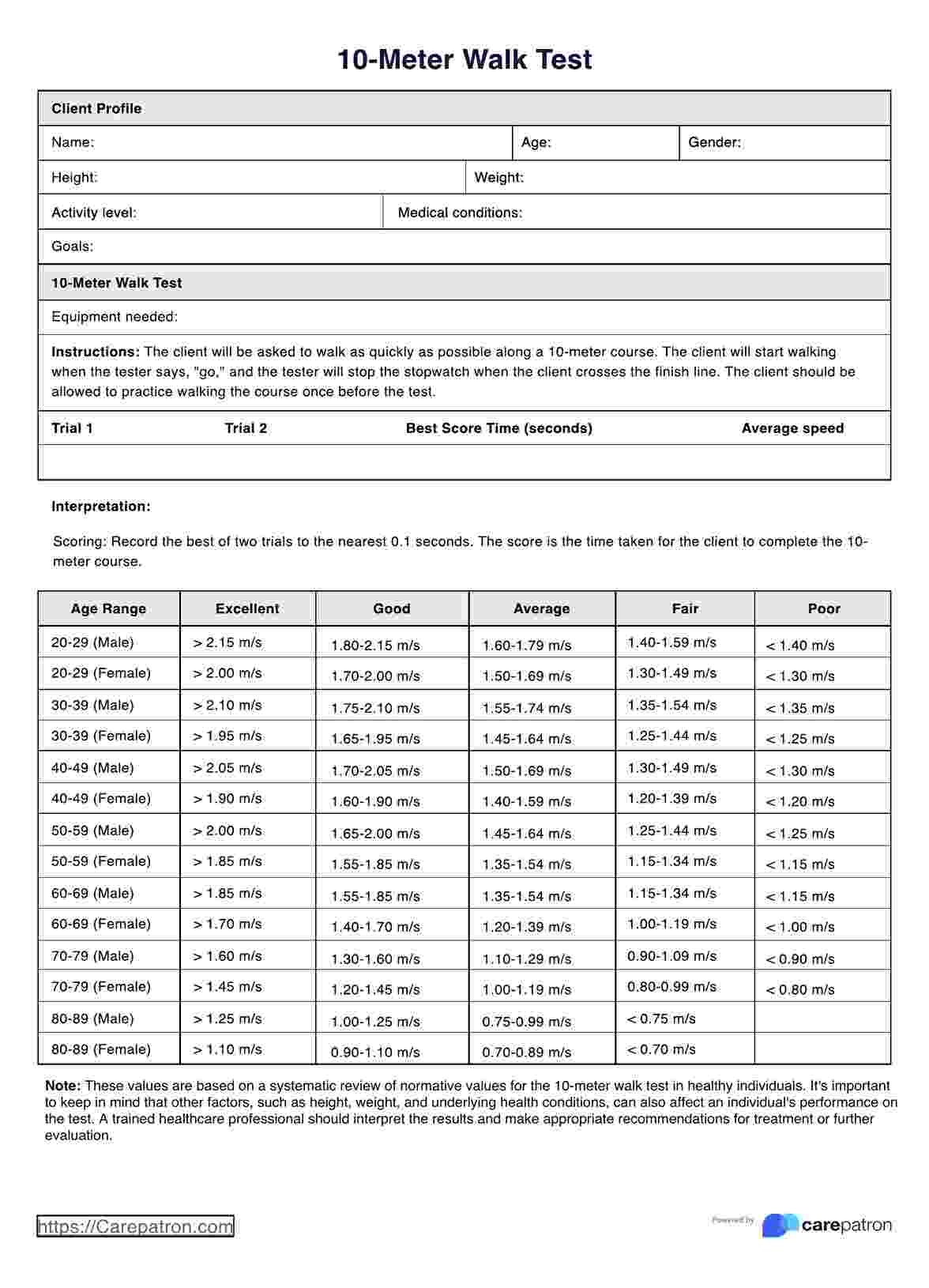
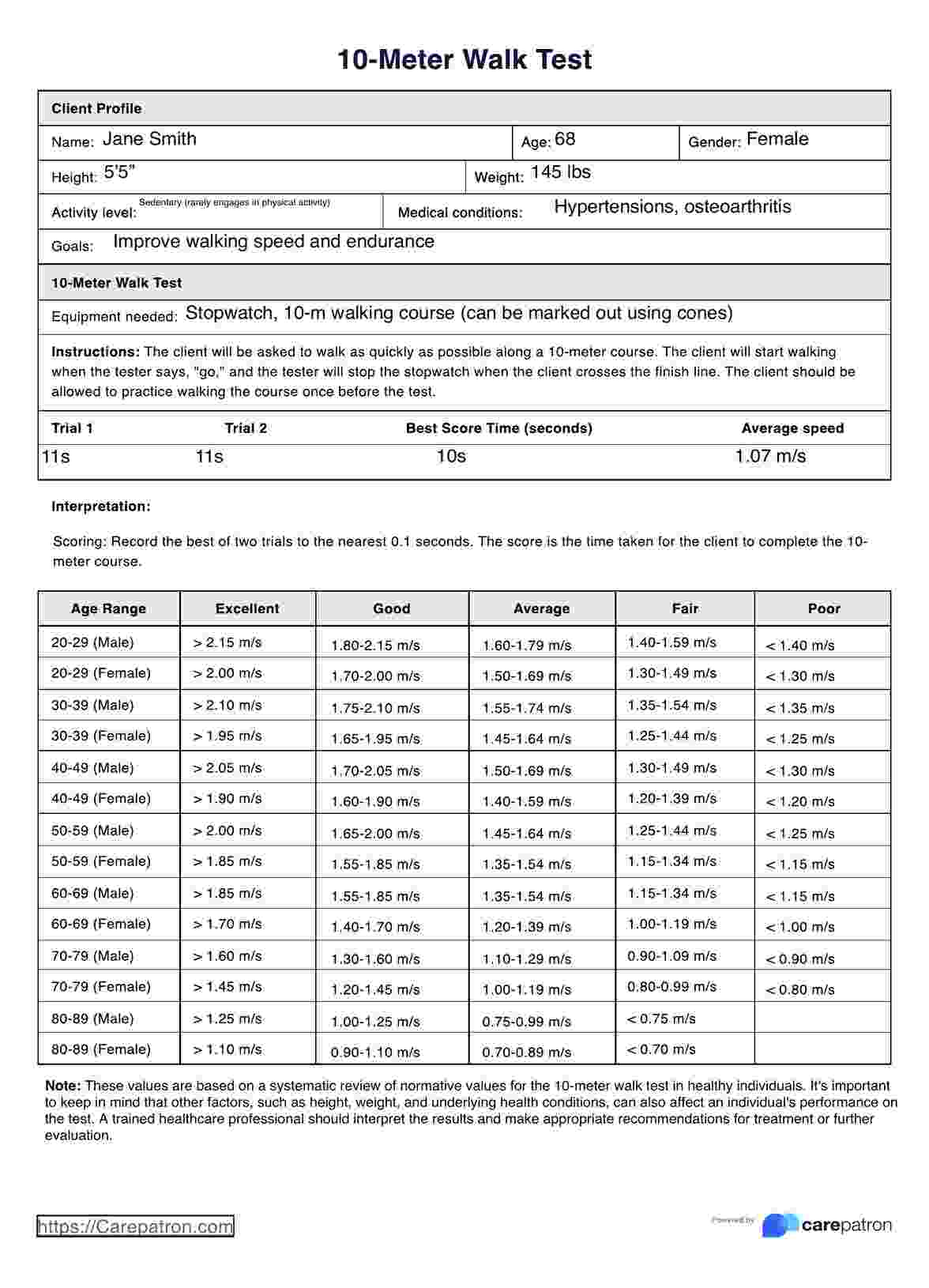

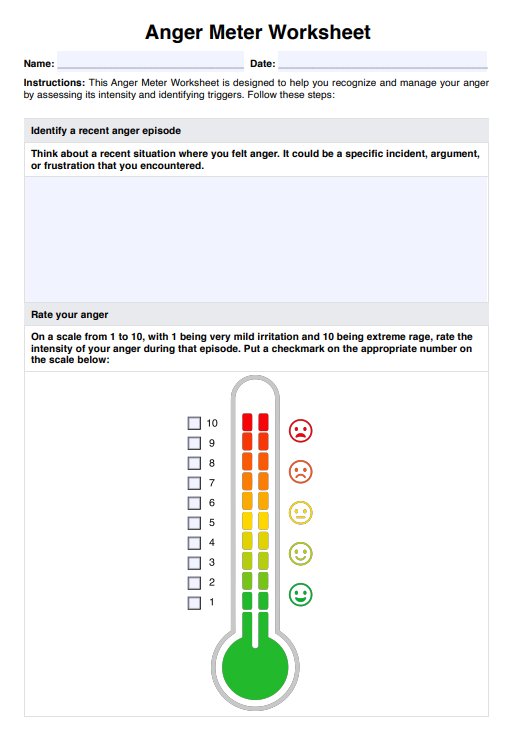


















-template.jpg)
















































































